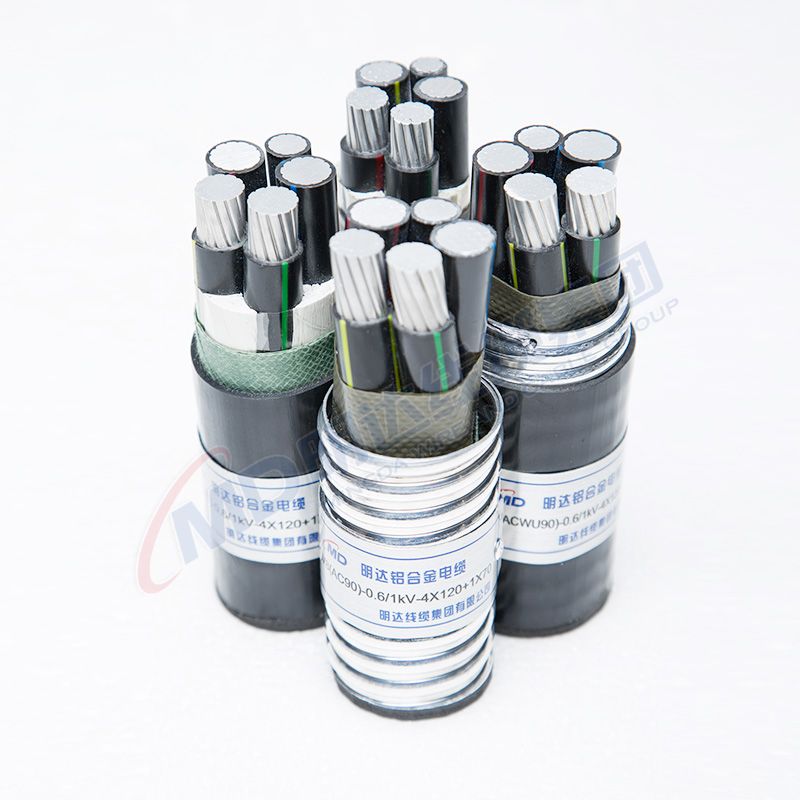نويابىر . 23, 2024 16:08 Back to list
Dismantling Joints for Efficient Assembly and Maintenance in Various Applications
Understanding Dismantling Joints An Essential Component in Mechanical Engineering
Dismantling joints play a pivotal role in various engineering applications, particularly in mechanical construction, pipelines, and equipment assembly. These specialized joints are designed to facilitate the easy disassembly of equipment or structures without causing damage to the components involved. This feature is not just a convenience but often a necessity, especially in maintenance-heavy industries such as oil and gas, water treatment, and manufacturing.
What are Dismantling Joints?
Dismantling joints are mechanical fittings that allow two connected sections, such as pipes or flanges, to be easily separated. They are specifically engineered to ensure that the disassembly process can be performed with minimal effort and time. These joints typically comprise various designs, including but not limited to, flanged joints, threaded connections, and clamp-type structures. Each design offers unique advantages, allowing engineers to choose the most suitable joint type according to the specific application and environmental conditions.
Key Features
One of the standout features of dismantling joints is the incorporation of alignment mechanisms, which help maintain proper orientation during installation and disassembly. This ensures that components can be aligned accurately, thus preventing misalignment-related issues. Moreover, dismantling joints often include sealing systems, which prevent leakage during operation. This is particularly important in fluid transfer applications, where leaks could lead to safety hazards and environmental concerns.
di dismantling joint

Another significant aspect of dismantling joints is their adaptability. They can be designed to accommodate different pipe diameters or tolerances, making them highly versatile across various systems. Additionally, they can be manufactured from a range of materials, including stainless steel, cast iron, and plastic, enabling engineers to choose materials that best suit the operating conditions they will face, such as temperature fluctuations, pressure differences, or corrosive environments.
Applications
Dismantling joints are utilized in numerous applications. In the water supply and wastewater management sectors, these joints facilitate the maintenance of pipelines, allowing for the quick replacement or repair of sections without extensive downtime. In the industrial sector, dismantling joints are often employed in machinery and equipment assemblies, allowing for easy access to internal components for repairs or upgrades.
In the context of HVAC systems, dismantling joints can be crucial for routine maintenance and cleaning, ensuring that systems operate efficiently and last longer. Similarly, in the oil and gas industry, where safety and reliability are paramount, dismantling joints help streamline maintenance procedures, reducing the risk of human error and mechanical failures.
Conclusion
The importance of dismantling joints cannot be overstated in the realm of mechanical engineering. They not only optimize maintenance processes and enhance safety but also contribute to operational efficiency. As industries continue to evolve and adapt to new challenges, the design and application of dismantling joints are likely to advance, incorporating new technologies and materials that further improve their functionality and reliability. For engineers and technicians, understanding the principles and applications of dismantling joints is essential not only for effective design and implementation but also for ensuring the longevity and reliability of critical infrastructure.
Share
-
Reliable Wafer Type Butterfly Valves for Every IndustryNewsJul.25,2025
-
Reliable Flow Control Begins with the Right Ball Check ValveNewsJul.25,2025
-
Precision Flow Control Starts with Quality ValvesNewsJul.25,2025
-
Industrial Flow Control ReliabilityNewsJul.25,2025
-
Engineered for Efficiency Gate Valves That Power Industrial PerformanceNewsJul.25,2025
-
Empowering Infrastructure Through Quality ManufacturingNewsJul.25,2025